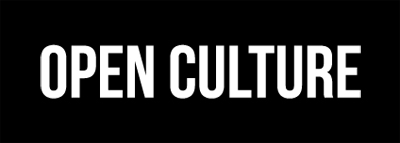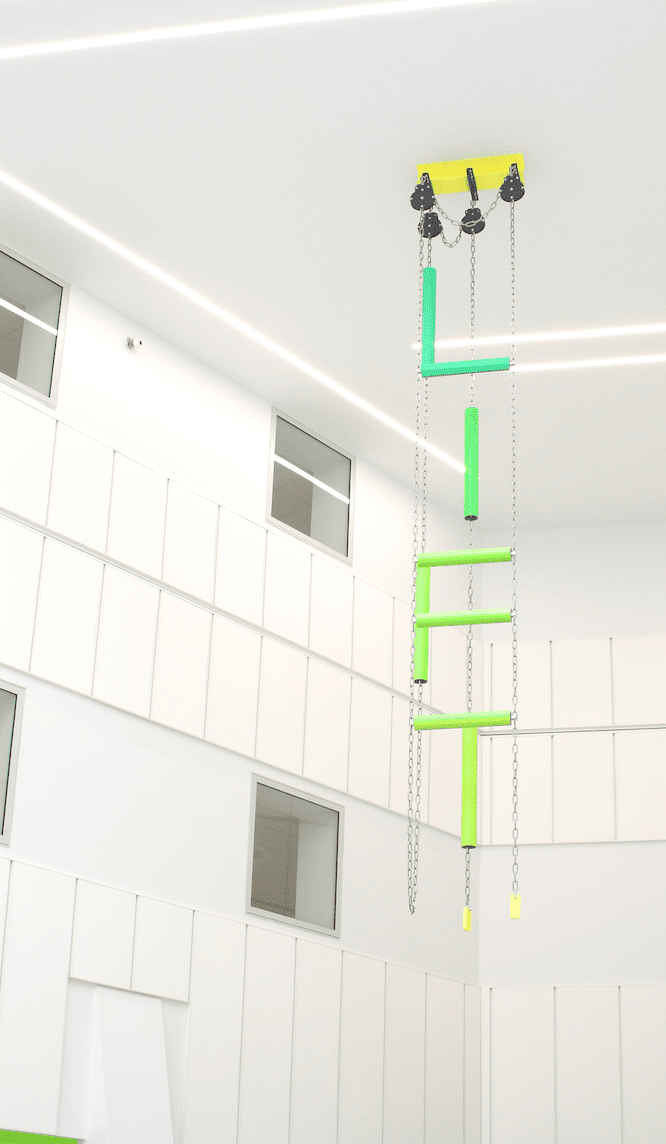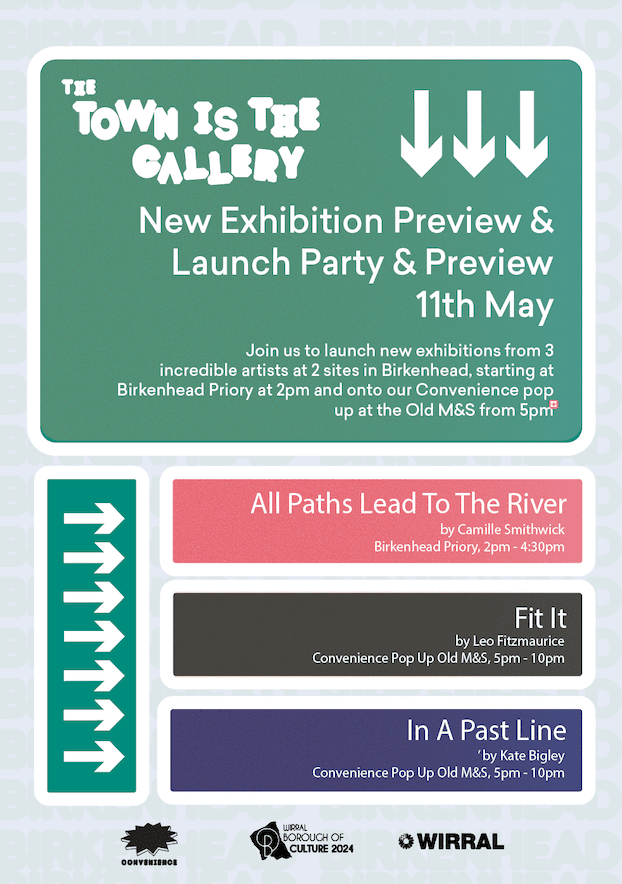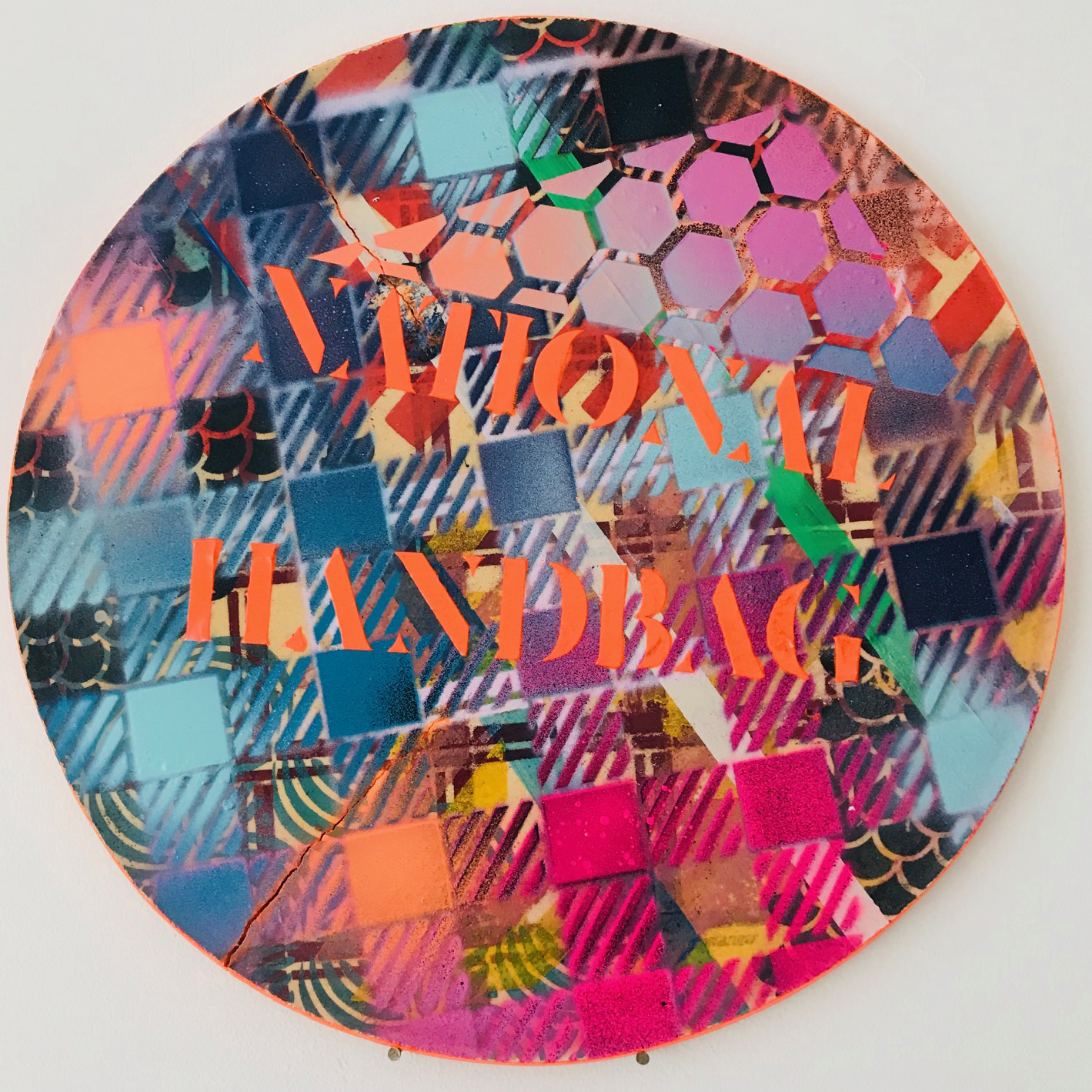Kate Bigley’s ‘In A Past Line’ is an interactive installation set in Birkenhead’s former Marks & Spencer. Until 2018, M&S occupied the now-vacant space and served as a popular department store for shoppers and residents. Its closure has left the community feeling discouraged about the future of Birkenhead. ‘In A Past Line’ aims to breathe life back into the building and evoke memories of M&S’s bustling retail environment.
With the aim of reimagining the space as it once was, Kate uses industrial materials to fabricate retail displays and browsing shoppers. Through the manipulation of electrical tape, she draws silhouettes of customers onto translucent polythene plastic sheets that are suspended from the ceiling and scattered throughout the space. Attendees are encouraged to engage with these ghostly figures as they occupy much of the gallery’s communal space. The tape continues throughout the exhibit and serves as a malleable and bold, yet temporary omnipresence, reminding people of the impermanence of things, particularly within this Marks & Spencer location.
The process of creating the work within the space allowed Kate to incorporate elements of the building’s architecture and remnants of the shop into her piece. In doing so, the space’s history informs the work and evokes a sense of nostalgia, enabling Kate to explore the more creative and playful aspect of her practice.
Launch event: Saturday 11th may 5:00pm -10:00pm
Exhibition open after launch: Wednesday – Friday 10:30am-4:00pm




